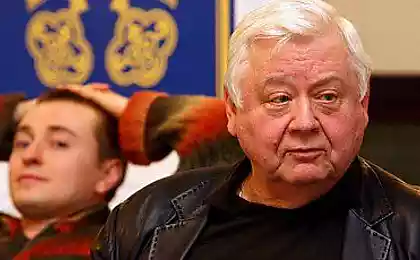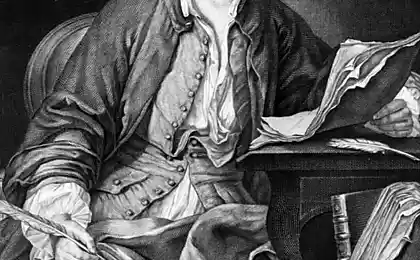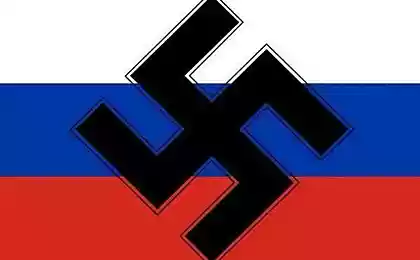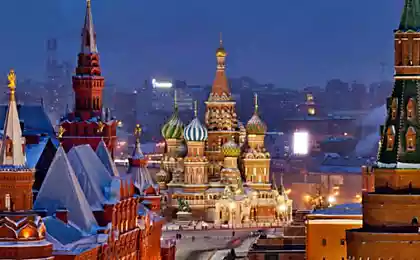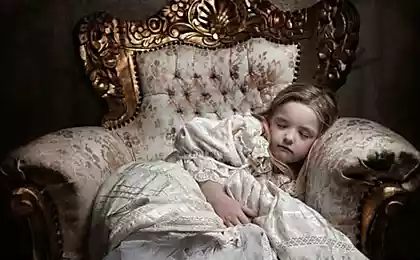1764
25 richest people in the history of Russia
Prior to the heights of wealth and position traveled by our ancestors? Whose names are inscribed in golden letters in the history of Russian capitalism? What rules adhered to Russian businessmen and public areas made their money? < Website published a remarkable collection, which gives answers to all these questions.
1. Anikei Stroganoff (1488-1570) h2> Anika Stroganov during the reign of Ivan the Terrible, was the most influential Russian businessman. He controlled the northern trade with England, develop land, traded furs, developed a salt industry and was one of the organizers of the expedition of Yermak.
2. Akinfiy Demidov (1678-1745) h2> Akinfiy Demidov was the most successful industrialist of his time, philanthropist, founder of the mining industry in the Urals and Siberia. By the end of his life Akinfiy N. had 25 factories, which employed 23755 male souls (an average of 1,000 people per 1 plant). Nizhny Tagil factory main creation Demidov works today.
3. Savva Yakovlev (1712-1784) h2> Savva Yakovlev, born Sobakin, was the son of the philistine, but achieved his activities nobility. He began with the sale of beef at the Summer Garden, where he was spotted Elizabeth. As a result, he became purveyor to the court, and benefactor of the Empress opened his way into the business. Already under Catherine, from 1766 to 1779 16 years, Yakovlev buys and builds six factories in the Urals. His enrichment of the pace and methods did not have analogues in Russian history.
4. Grigory Potemkin (1739-1791) h2> Grigory Potemkin was not just a favorite of Catherine II, but her secret husband. This can not be called Potemkin gigolo. He successfully commanded the Russian army during the war with Turkey 1787 - 1791's, carried out joining Russia and the development of the Crimea, founded a few towns and actually created a Russian Black Sea Fleet. Empress bestowed Potemkin huge land holdings in the New Russia, which made him the richest man in Russia.
5. Grigory Orlov (1737-1808) h2> User coup to overthrow Peter III, Gregory Orlov immediately after the reign of Empress Catherine II received a generous reward - rich estates, money, the title of count. He was called the first of the "Eagles" Catherine, but by 1771 he ceased to be the first. In the same year he was sent in the throes of an epidemic of plague and rebellion Moscow and coped well with the organization of measures to resolve the situation.
6. Vasily Perlov (one thousand seven hundred and eighty-four - 1869) h2> pearl - "tea kings" of Russia. The most successful of them, Basil, managed to win not only the Russian tea market and conquer Europe. He was one of the first who started to pack high-quality tea, and shipping it from China to carry out by land, making product quality has always been at the height.
7. Samuel Polyakov (1837-1888) h2> The industrialist and philanthropist, Polyakov has made a fortune during the distribution of rail concessions. In the opinion of Sergei Witte, Samuel Polyakov Solomonovich was "the most infamous of the railroad bigwigs." He is actively building railroads, schools opened and generously donated to the development of education. Status brothers Polyakovs to 1913 was estimated at 49, 5 million gold rubles ($ 544 million at the exchange rate in 2000).
8. Pavel Tretyakov (1832-1889) h2> Philanthropist, entrepreneur and art collector Pavel Tretyakov realized his dream - made collection of Russian schools, to "acquired from society back to society and (people) ... useful in institutions." His art gallery, open to all citizens "without distinction as to race and the title," it has become one of the largest museums in Europe. State Tretyakov at the time of his death was estimated at 3, 8 million rubles.
9. Leo Knoop (1821-1894) h2> In the XIX century was the Russian proverb, "Where the Church is, there is pop, where the factory - there Knoop." It appeared out of nowhere - the founder of the Firm, "L. Knop "was a shareholder of more than 100 companies.
10. Pyotr Smirnov (1831-1898) h2> Peter Arsenijevic Smirnov, who founded a factory in 1862, was a real "vodka king" of Russia. The tax, which goes into the coffers of his enterprise, equal to half the pre-war budget of the Russian army. Cost of manufactured products for the year reached 17-20 mln. Rubles. Status of vodka magnate was estimated at 8, 7 million rubles ($ 95, 7 million at the exchange rate in 2000).
11. Soldatenkov Kozma (1818-1901) h2> The Old Believer, industrialist and entrepreneur Kozma Soldatenkov was one of the brightest and most ordinary people of his time. For the rich and generous patronage of the arts, he was nicknamed "Kozma Medici." His fortune in 1901 was equal to 8 million rubles ($ 88 at the exchange rate in 2000).
12. Gavrila Solodovnikov (1826-1901) h2> Moscow merchant and landlord, the owner of the supermarket "Passage" at Kuznetsky Most, Gavril Gavrilovich Solodovnikov more than 95% of its multi-million dollar inheritance given to public needs. Not really knowing how to write, he generously donated to the art. At the ceremony of laying of the Moscow Conservatory with the cry "Let there be music!" Solodovnikov cast in concrete 200 silver rubles. His fortune in 1901 was estimated at 21 million rubles ($ 231 million at the exchange rate in 2000).
13. Alex Alchevsk (1835-1901) h2> For 40 years Alexey K. Alchevsk create the largest mining companies in the Donbass, and several banks, for example, one of the first in the country Mutual Credit Society, and in 1871 - the first Russian equity mortgage bank . In the crisis of 1901, received from the government denied loan Alchevsk threw himself under a train (according to one version, he was killed). His condition at that time was estimated at 12-30 million rubles ($ 187 million at the exchange rate in 2000).
14. Savva Morozov (1862-1905) h2> Savva Morozov called "merchant warlord", but he became known for philanthropic activities. Morozov built theaters, supported artists, writers, students and workers. One only MKhAT he donated nearly half a million rubles. Savva Morozov died on May 26, 1905. Officially, the cause of death - suicide Morozov committed suicide shot in the chest. Status Morozov dynasty in 1914 was estimated at 40 million rubles ($ 440 million at the exchange rate in 2000).
15. Horace Ginzburg (1833-1909) h2> Thanks to contacts with the largest financiers of Europe (Ginzburgs intermarried with the Rothschilds themselves), their bank to 1860 mu has become one of the largest in Russia. Its head Horace Gunzburg invested in insurance, gold mines, railways, shipping, sugar factories. After 1892 Horace Gunzburg became engaged in gold mining. He led, and then took control of the richest gold mining partnership Lensky. Status Ginzburg in 1914 is estimated at 25 million rubles ($ 275 million at the exchange rate in 2000).
16. Mantashev Alexander (1842-1911) h2> Tiflis Armenian Mantashev Alexander was one of the "oil barons" Transcaucasia, a major shareholder of the leading oil companies. In 1897-1909 years he financed the construction of the world's longest 835-kilometer oil pipeline Baku - Batum. At the beginning of the twentieth century state Mantsheva otsnivalos 10 million rubles ($ 110 million at the exchange rate in 2000).
17. Ilarion Vorontsov-Dashkov (1837-1916) h2> A personal friend of Alexander III, created a secret monarchist organization "Sacred squad", a war hero, adjutant general Vorontsov-Dashkov was one of the largest Russian landowners (about 485,000 acres of land) and successful industrialist. Among other things he was doing, and oil. His condition at the beginning of the twentieth century is estimated at 15 million rubles ($ 165 million at the exchange rate in 2000).
18. Semen Abamalek Lazare (1857-1916) h2> The prince, industrialist, archaeologist, a large landowner, mine owners, Simon Abamalek Lazare was a very versatile person, and one of the richest people in Russia in the early twentieth century. He owned several villas in Italy and a mansion in St. Petersburg. Status tycoon in 1914 was estimated at 50 million rubles (550 million at the rate of 2000).
19. Savva Mamontov (1841-1918) h2> The history of Savva Mamontov revealing high and tragic. The heir to a large fortune, Savva Mamontov was interested in business a little - he was more attracted art. After the failure to conduct "train business" Savva Mamontov was in the Taganka prison. His property was sold out almost completely. The ill-fated railroad went for nothing in state ownership of the shares went to other businesses, including the relatives of Sergei Witte.
20. Nicholas II (1866-1918) h2> Status from Irkutsk Nicholas Vtorov in 1914 amounted to 60 million rubles ($ 650 million at the rate of 2000). He was called "Siberian American" and "Russian Morgan." He bought up banks and build factories. He founded the first Russian factory of chemical dye factory "Elektrostal" Moscow Association of Automobile Plant "AMO" (with Ryabushinskys now Zil). During the war plants Vtorov worked on "defense industry". In May 1918, Nicholas II was killed under mysterious circumstances. In his Moscow mansion made the residence of the American ambassador ("Spaso House»).
21. Paul Riabushinskii (1871-1924) h2> The representative of the famous dynasty Ryabushinskys, Pavel Pavlovich engaged in business and banking, to build factories and actively participated in the political life of Russia. In 1920 he emigrated to France. In 1914, the state Ryabushinskys estimated at 25-35 million rubles ($ 330 million at the exchange rate in 2000).
22. Nikolai Balashov (1840-1931) h2> By the beginning of XX century the Chief Master of the Hunt, and a member of the State Council Nikolai Balashov sons, Peter and Igor has one of the largest in the country land ownership - 526,000 acres of land. They could live comfortably without doing anything, but they were still dozens of companies across the country. Their condition is at the beginning of the twentieth century is estimated at 15 million rubles ($ 165 million at the exchange rate in 2000).
23. Kamenka Boris (1855-1942) h2> The banker Boris Kamenka since 1910 headed the Azov-Don Bank, which, when it was fourth in the ranking of the commercial banks of the Russian Empire. The heater is also actively involved in the activities of the Jewish Colonization Society established for the resettlement of Jews in America. In 1914, the state banker was estimated at 40 million rubles ($ 440 million at the exchange rate in 2000).
24. Stepan Lianozov (1872-1949) h2> Armenian Stepan Lianozov was a Russian industrialist, philanthropist and politician, as well as the largest oil tycoon of Russia of XX century. In 1912, Stepan Lianozov in London was created "Russian General Petroleum Corporation» («Russian General Oil Corporation», abbreviated as "Oyl") with capital of 2, 5 million pounds. Thanks to the actions Lianozov, Baku's oil sector has become attractive to foreigners. In 1915, the state magnate estimated at 10 million rubles ($ 110 million at the exchange rate in 2000).
25. Felix Yusupov (1887-1967) h2> Felix Yusupov was one of the richest men in Russia in the early twentieth century. In 1900, the value of estates, villas and houses Yusupov was 21, 7 million rubles, anthracite mine - 970,000 rubles, sugar plant - 1, 6 million rubles, cardboard and paper mill - 986 000 rubles. By 1914, Yusupov had 3, 2 million rubles of securities. However, Felix Yusupov went down in history not as rich as well as the killer of Rasputin.
1. Anikei Stroganoff (1488-1570) h2> Anika Stroganov during the reign of Ivan the Terrible, was the most influential Russian businessman. He controlled the northern trade with England, develop land, traded furs, developed a salt industry and was one of the organizers of the expedition of Yermak.
2. Akinfiy Demidov (1678-1745) h2> Akinfiy Demidov was the most successful industrialist of his time, philanthropist, founder of the mining industry in the Urals and Siberia. By the end of his life Akinfiy N. had 25 factories, which employed 23755 male souls (an average of 1,000 people per 1 plant). Nizhny Tagil factory main creation Demidov works today.

3. Savva Yakovlev (1712-1784) h2> Savva Yakovlev, born Sobakin, was the son of the philistine, but achieved his activities nobility. He began with the sale of beef at the Summer Garden, where he was spotted Elizabeth. As a result, he became purveyor to the court, and benefactor of the Empress opened his way into the business. Already under Catherine, from 1766 to 1779 16 years, Yakovlev buys and builds six factories in the Urals. His enrichment of the pace and methods did not have analogues in Russian history.
4. Grigory Potemkin (1739-1791) h2> Grigory Potemkin was not just a favorite of Catherine II, but her secret husband. This can not be called Potemkin gigolo. He successfully commanded the Russian army during the war with Turkey 1787 - 1791's, carried out joining Russia and the development of the Crimea, founded a few towns and actually created a Russian Black Sea Fleet. Empress bestowed Potemkin huge land holdings in the New Russia, which made him the richest man in Russia.
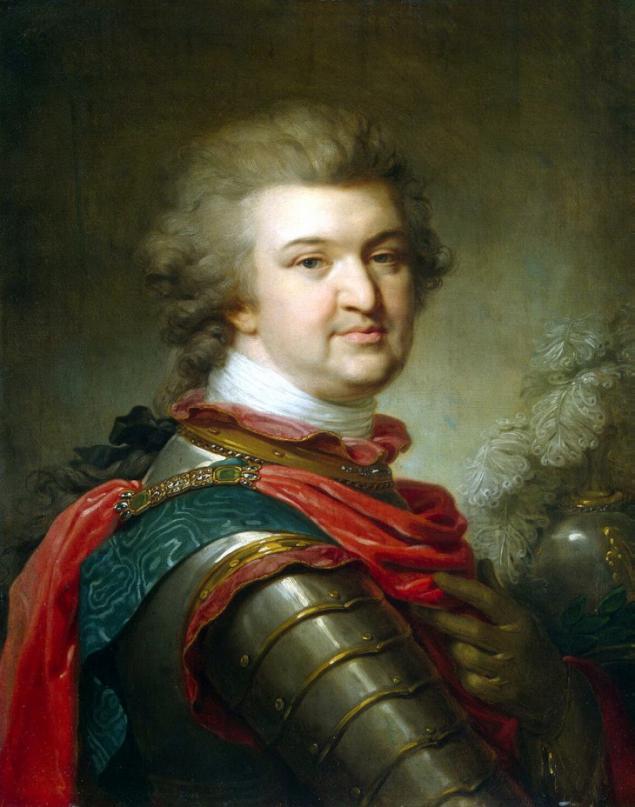
5. Grigory Orlov (1737-1808) h2> User coup to overthrow Peter III, Gregory Orlov immediately after the reign of Empress Catherine II received a generous reward - rich estates, money, the title of count. He was called the first of the "Eagles" Catherine, but by 1771 he ceased to be the first. In the same year he was sent in the throes of an epidemic of plague and rebellion Moscow and coped well with the organization of measures to resolve the situation.
6. Vasily Perlov (one thousand seven hundred and eighty-four - 1869) h2> pearl - "tea kings" of Russia. The most successful of them, Basil, managed to win not only the Russian tea market and conquer Europe. He was one of the first who started to pack high-quality tea, and shipping it from China to carry out by land, making product quality has always been at the height.
In 1860 Vasily opened under his name companies - Partnership tea trade "Vasily Perlov sons." The firm opened tea shops trading house in Vienna, Berlin, Paris and Warsaw.
7. Samuel Polyakov (1837-1888) h2> The industrialist and philanthropist, Polyakov has made a fortune during the distribution of rail concessions. In the opinion of Sergei Witte, Samuel Polyakov Solomonovich was "the most infamous of the railroad bigwigs." He is actively building railroads, schools opened and generously donated to the development of education. Status brothers Polyakovs to 1913 was estimated at 49, 5 million gold rubles ($ 544 million at the exchange rate in 2000).
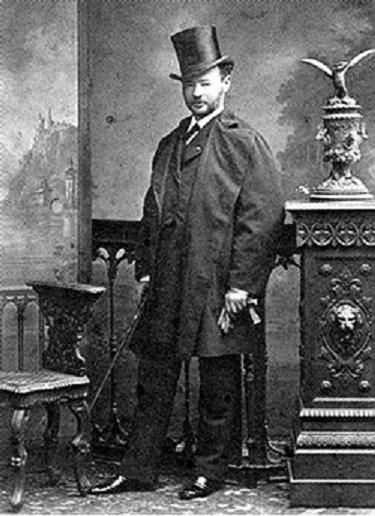
8. Pavel Tretyakov (1832-1889) h2> Philanthropist, entrepreneur and art collector Pavel Tretyakov realized his dream - made collection of Russian schools, to "acquired from society back to society and (people) ... useful in institutions." His art gallery, open to all citizens "without distinction as to race and the title," it has become one of the largest museums in Europe. State Tretyakov at the time of his death was estimated at 3, 8 million rubles.
9. Leo Knoop (1821-1894) h2> In the XIX century was the Russian proverb, "Where the Church is, there is pop, where the factory - there Knoop." It appeared out of nowhere - the founder of the Firm, "L. Knop "was a shareholder of more than 100 companies.
"Cotton King" as they called the Lion Knoop, according to contemporaries, has made great strides in part "because of his stomach and the ability to drink, keeping it perfectly clear head." Status Knop in 1913 was estimated at 15-120 million rubles ($ 187 million at the exchange rate in 2000).
10. Pyotr Smirnov (1831-1898) h2> Peter Arsenijevic Smirnov, who founded a factory in 1862, was a real "vodka king" of Russia. The tax, which goes into the coffers of his enterprise, equal to half the pre-war budget of the Russian army. Cost of manufactured products for the year reached 17-20 mln. Rubles. Status of vodka magnate was estimated at 8, 7 million rubles ($ 95, 7 million at the exchange rate in 2000).
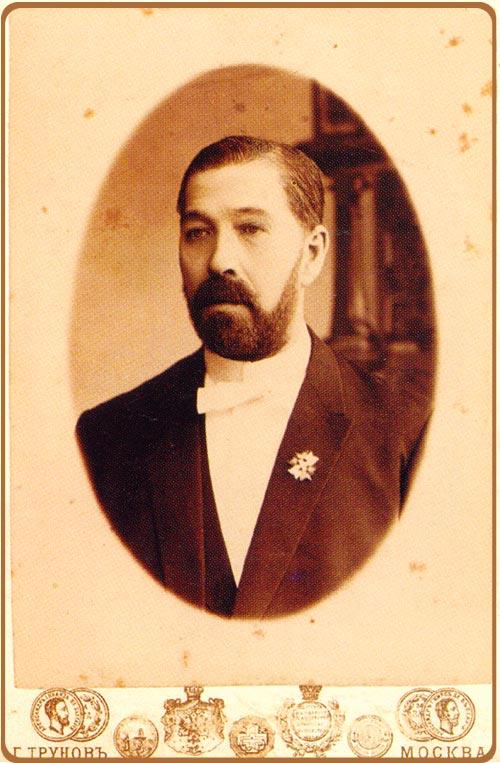
11. Soldatenkov Kozma (1818-1901) h2> The Old Believer, industrialist and entrepreneur Kozma Soldatenkov was one of the brightest and most ordinary people of his time. For the rich and generous patronage of the arts, he was nicknamed "Kozma Medici." His fortune in 1901 was equal to 8 million rubles ($ 88 at the exchange rate in 2000).
12. Gavrila Solodovnikov (1826-1901) h2> Moscow merchant and landlord, the owner of the supermarket "Passage" at Kuznetsky Most, Gavril Gavrilovich Solodovnikov more than 95% of its multi-million dollar inheritance given to public needs. Not really knowing how to write, he generously donated to the art. At the ceremony of laying of the Moscow Conservatory with the cry "Let there be music!" Solodovnikov cast in concrete 200 silver rubles. His fortune in 1901 was estimated at 21 million rubles ($ 231 million at the exchange rate in 2000).
13. Alex Alchevsk (1835-1901) h2> For 40 years Alexey K. Alchevsk create the largest mining companies in the Donbass, and several banks, for example, one of the first in the country Mutual Credit Society, and in 1871 - the first Russian equity mortgage bank . In the crisis of 1901, received from the government denied loan Alchevsk threw himself under a train (according to one version, he was killed). His condition at that time was estimated at 12-30 million rubles ($ 187 million at the exchange rate in 2000).

14. Savva Morozov (1862-1905) h2> Savva Morozov called "merchant warlord", but he became known for philanthropic activities. Morozov built theaters, supported artists, writers, students and workers. One only MKhAT he donated nearly half a million rubles. Savva Morozov died on May 26, 1905. Officially, the cause of death - suicide Morozov committed suicide shot in the chest. Status Morozov dynasty in 1914 was estimated at 40 million rubles ($ 440 million at the exchange rate in 2000).
15. Horace Ginzburg (1833-1909) h2> Thanks to contacts with the largest financiers of Europe (Ginzburgs intermarried with the Rothschilds themselves), their bank to 1860 mu has become one of the largest in Russia. Its head Horace Gunzburg invested in insurance, gold mines, railways, shipping, sugar factories. After 1892 Horace Gunzburg became engaged in gold mining. He led, and then took control of the richest gold mining partnership Lensky. Status Ginzburg in 1914 is estimated at 25 million rubles ($ 275 million at the exchange rate in 2000).
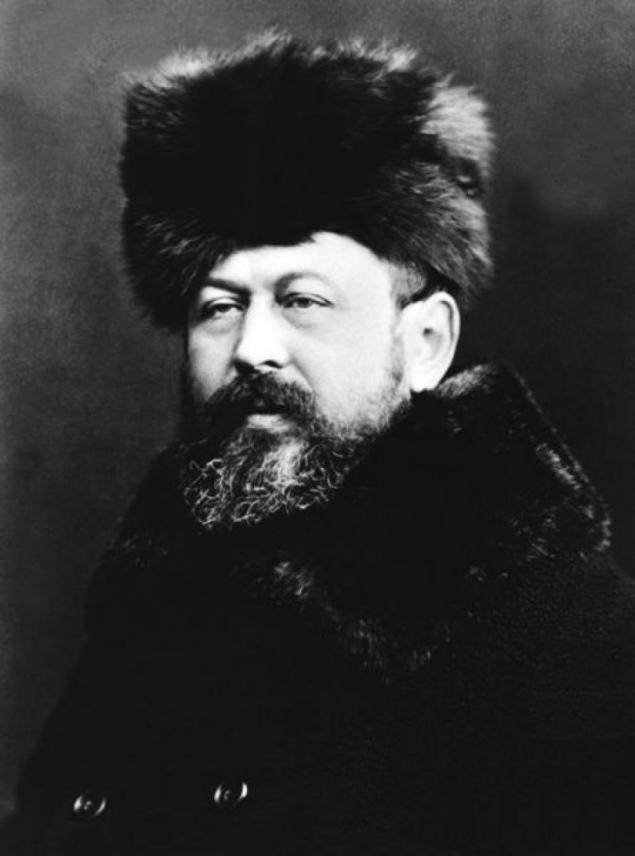
16. Mantashev Alexander (1842-1911) h2> Tiflis Armenian Mantashev Alexander was one of the "oil barons" Transcaucasia, a major shareholder of the leading oil companies. In 1897-1909 years he financed the construction of the world's longest 835-kilometer oil pipeline Baku - Batum. At the beginning of the twentieth century state Mantsheva otsnivalos 10 million rubles ($ 110 million at the exchange rate in 2000).
17. Ilarion Vorontsov-Dashkov (1837-1916) h2> A personal friend of Alexander III, created a secret monarchist organization "Sacred squad", a war hero, adjutant general Vorontsov-Dashkov was one of the largest Russian landowners (about 485,000 acres of land) and successful industrialist. Among other things he was doing, and oil. His condition at the beginning of the twentieth century is estimated at 15 million rubles ($ 165 million at the exchange rate in 2000).
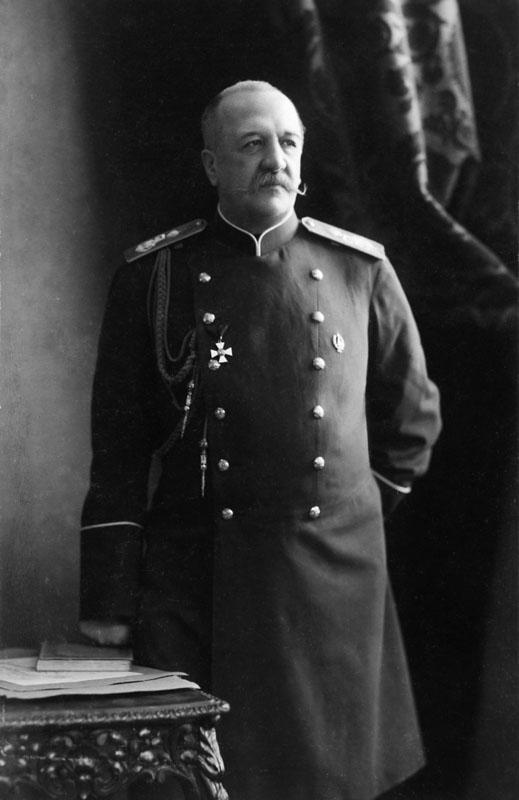
18. Semen Abamalek Lazare (1857-1916) h2> The prince, industrialist, archaeologist, a large landowner, mine owners, Simon Abamalek Lazare was a very versatile person, and one of the richest people in Russia in the early twentieth century. He owned several villas in Italy and a mansion in St. Petersburg. Status tycoon in 1914 was estimated at 50 million rubles (550 million at the rate of 2000).
19. Savva Mamontov (1841-1918) h2> The history of Savva Mamontov revealing high and tragic. The heir to a large fortune, Savva Mamontov was interested in business a little - he was more attracted art. After the failure to conduct "train business" Savva Mamontov was in the Taganka prison. His property was sold out almost completely. The ill-fated railroad went for nothing in state ownership of the shares went to other businesses, including the relatives of Sergei Witte.
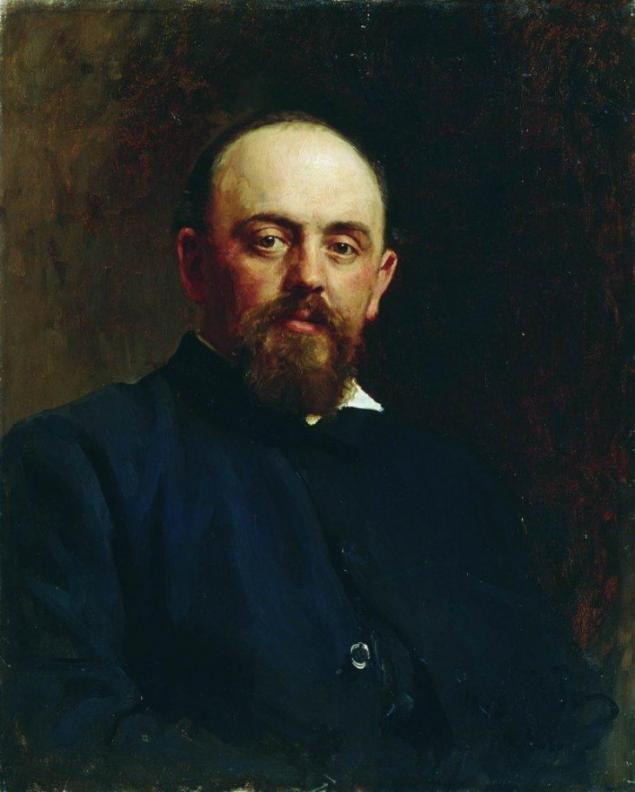
20. Nicholas II (1866-1918) h2> Status from Irkutsk Nicholas Vtorov in 1914 amounted to 60 million rubles ($ 650 million at the rate of 2000). He was called "Siberian American" and "Russian Morgan." He bought up banks and build factories. He founded the first Russian factory of chemical dye factory "Elektrostal" Moscow Association of Automobile Plant "AMO" (with Ryabushinskys now Zil). During the war plants Vtorov worked on "defense industry". In May 1918, Nicholas II was killed under mysterious circumstances. In his Moscow mansion made the residence of the American ambassador ("Spaso House»).
21. Paul Riabushinskii (1871-1924) h2> The representative of the famous dynasty Ryabushinskys, Pavel Pavlovich engaged in business and banking, to build factories and actively participated in the political life of Russia. In 1920 he emigrated to France. In 1914, the state Ryabushinskys estimated at 25-35 million rubles ($ 330 million at the exchange rate in 2000).
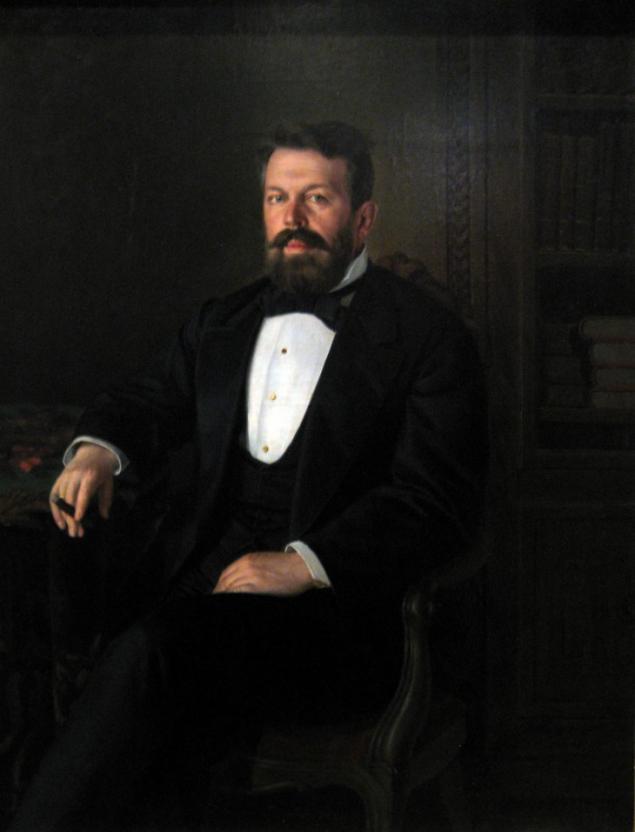
22. Nikolai Balashov (1840-1931) h2> By the beginning of XX century the Chief Master of the Hunt, and a member of the State Council Nikolai Balashov sons, Peter and Igor has one of the largest in the country land ownership - 526,000 acres of land. They could live comfortably without doing anything, but they were still dozens of companies across the country. Their condition is at the beginning of the twentieth century is estimated at 15 million rubles ($ 165 million at the exchange rate in 2000).
23. Kamenka Boris (1855-1942) h2> The banker Boris Kamenka since 1910 headed the Azov-Don Bank, which, when it was fourth in the ranking of the commercial banks of the Russian Empire. The heater is also actively involved in the activities of the Jewish Colonization Society established for the resettlement of Jews in America. In 1914, the state banker was estimated at 40 million rubles ($ 440 million at the exchange rate in 2000).
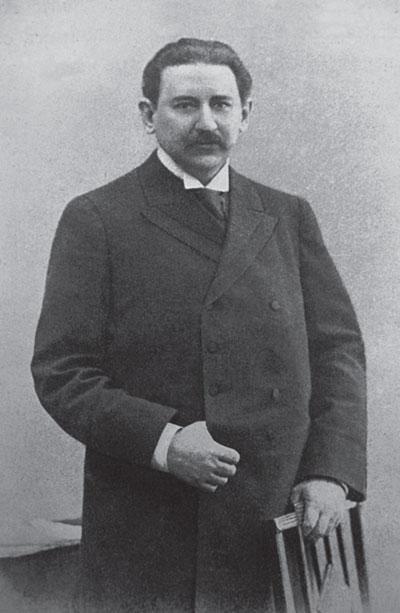
24. Stepan Lianozov (1872-1949) h2> Armenian Stepan Lianozov was a Russian industrialist, philanthropist and politician, as well as the largest oil tycoon of Russia of XX century. In 1912, Stepan Lianozov in London was created "Russian General Petroleum Corporation» («Russian General Oil Corporation», abbreviated as "Oyl") with capital of 2, 5 million pounds. Thanks to the actions Lianozov, Baku's oil sector has become attractive to foreigners. In 1915, the state magnate estimated at 10 million rubles ($ 110 million at the exchange rate in 2000).
25. Felix Yusupov (1887-1967) h2> Felix Yusupov was one of the richest men in Russia in the early twentieth century. In 1900, the value of estates, villas and houses Yusupov was 21, 7 million rubles, anthracite mine - 970,000 rubles, sugar plant - 1, 6 million rubles, cardboard and paper mill - 986 000 rubles. By 1914, Yusupov had 3, 2 million rubles of securities. However, Felix Yusupov went down in history not as rich as well as the killer of Rasputin.
via russian7.ru/2015/11/25-samykh-bogatykh-lyudey-v-istorii-rossii/
Scientists have figured out how dolphins see a man!
How did the actors who starred in "Santa Barbara"














